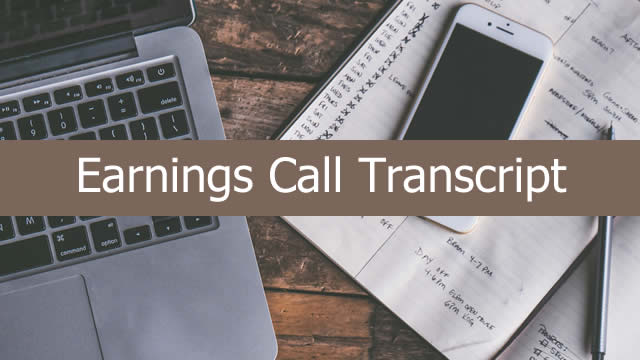
KSPI
Joint Stock Company Kaspi.kz
$77.31
3.31
(4.47%)
| Exchange: | |
| Market Cap: | 14.75B |
| Shares Outstanding: | 191.805M |
About The Company
| Sector: | Technology | |||||
| Industry: | Software – Infrastructure | |||||
| CEO: | Mikheil N. Lomtadze | |||||
| Full Time Employees: | 7802 | |||||
| Address: |
|
|||||
| Website: | https://www.ir.kaspi.kz |
Joint Stock Company Kaspi.kz, together with its subsidiaries, provides payments, marketplace, and fintech solutions for consumers and merchants in the Republic of Kazakhstan. It operates through three segments: Payments Platform, Marketplace Platform, and Fintech Platform. The Payments Platform segment facilities transactions between customers and merchants. This segment offers shopping transactions, regular household bills, and peer to peer payments for consumers; accepts payment online and in store, issue and settle invoices, pay suppliers and monitor merchant turnover. It also provides proprietary data facilities informed decision making across multiple areas of business. Its Marketplace Platform segment connects online, and offline merchants and consumers enabling merchants to enhance its sales through an omni channel strategy and enable consumers to buy products and services from various merchants. This segment also operates marketplace through m-commerce, a mobile solution for shopping in person which consumers can use e-commerce to shop anywhere, anytime with free delivery; Kaspi Travel allows consumers to book domestic and international flights and package holidays, domestic rail tickets. It also enhances merchants sales by connecting payments and fintech products, Kapsi advertising, and other delivery services. The Fintech Platform segment provides consumers with BNPL, finance, and savings products and merchants with merchant finance services through super apps and Kapsi.kz Super app. It also involved in the banking; distressed asset management; real estate business; payment processing; online travel; and storage and processing of information services. The company was incorporated in 2008 and is headquartered in Almaty, the Republic of Kazakhstan.
Click to read more…
Revenue Segmentation
EPS
Earnings Call
Income Statement
(* All numbers are in thousands)
Balance Sheet
(* All numbers are in thousands)
Cash Flow Statement
(* All numbers are in thousands)
Analyst Estimates
(* All numbers are in thousands)



